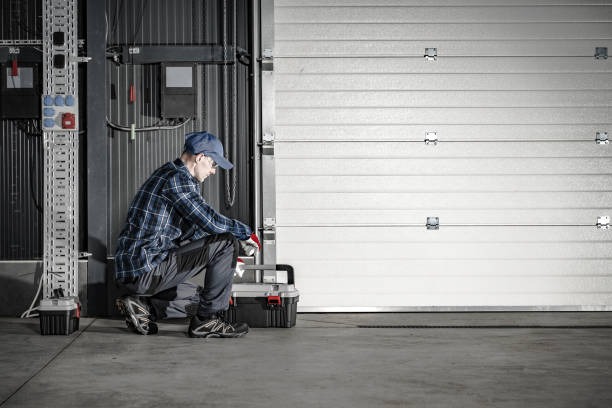Choosing the right garage door opener is a crucial decision for every homeowner. The right choice can offer convenience, security, and peace of mind, while the wrong one can lead to frustration and unnecessary expenses. There are several factors to consider when choosing a garage door opener, including its type, power level, safety features, and noise level.
There are three main types of garage door openers: chain drive, belt drive, and screw drive. Chain-drive openers use a metal chain to move the door up and down. They’re reliable but can be quite noisy. Belt-drive openers operate similarly but use a rubber belt instead of a chain which makes them quieter than their counterparts. Screw-drive openers rely on a threaded steel rod to move read the in-depth analysis door – they have fewer moving parts which means less maintenance.
Another factor to consider is power level; this depends on the size and weight of your garage door. A standard double-door garage will typically require at least 1/2 horsepower motor while larger or particularly heavy doors may need 3/4 to 1 horsepower.
Safety features should not be overlooked either when choosing your garage door opener. Look for models with automatic reversing mechanisms that prevent the door from closing if an object or person is detected in its path. Rolling code technology that changes your remote’s code after each use can also enhance security by preventing unauthorized access.
Once you’ve chosen your ideal garage door opener, it’s important to handle its maintenance needs properly so as to prolong its life span and ensure optimal performance.
Regular inspection is key; check all parts including springs, cables, rollers and pulleys for signs of wear or damage at least once every six months. Lubricate moving parts semi-annually using silicone-based lubricant for best results; this helps reduce friction thus reducing wear.
Also remember that balance is essential for smooth operation; test this by disconnecting the opener system (usually through pulling a release handle) and manually lifting the door halfway up. If it doesn’t stay put, the counterweight system (springs) may be improperly balanced and professional adjustment may be necessary.
Finally, ensure to keep your garage door opener’s remote control out of children’s reach and educate them on the dangers of playing with or near the garage door. This is a critical safety measure that should not be overlooked.
In conclusion, choosing a garage door opener involves considering factors such as type, power level, safety features and noise level while proper maintenance includes regular inspection, lubrication of moving parts, balance checking and ensuring safe use. When these aspects are taken care of appropriately, you can expect reliable performance from your garage door opener for many years to come.




